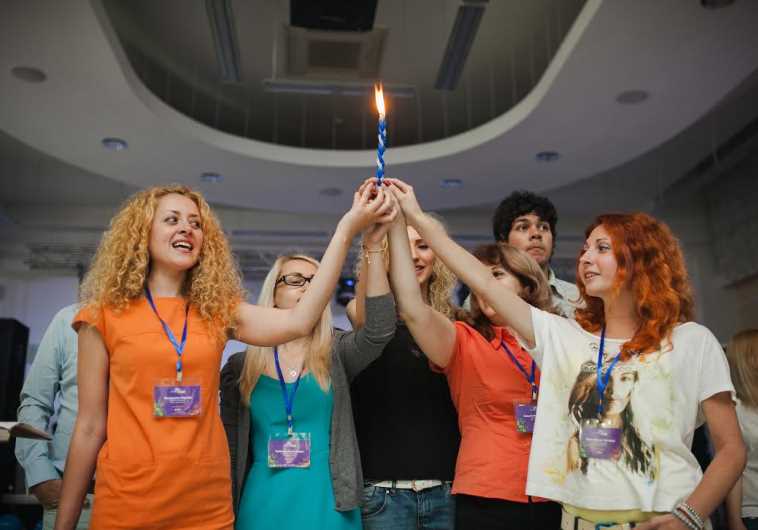Israeli researchers part of team to measure 'real age' of young adults
Biomarkers show some young adults are aging three times faster than others.
 MOLDOVIAN JEWS celebrate Shabbat at Limmud FSU conference last year. (photo credit: COURTESY LIMMUD FSU)Updated:
MOLDOVIAN JEWS celebrate Shabbat at Limmud FSU conference last year. (photo credit: COURTESY LIMMUD FSU)Updated: